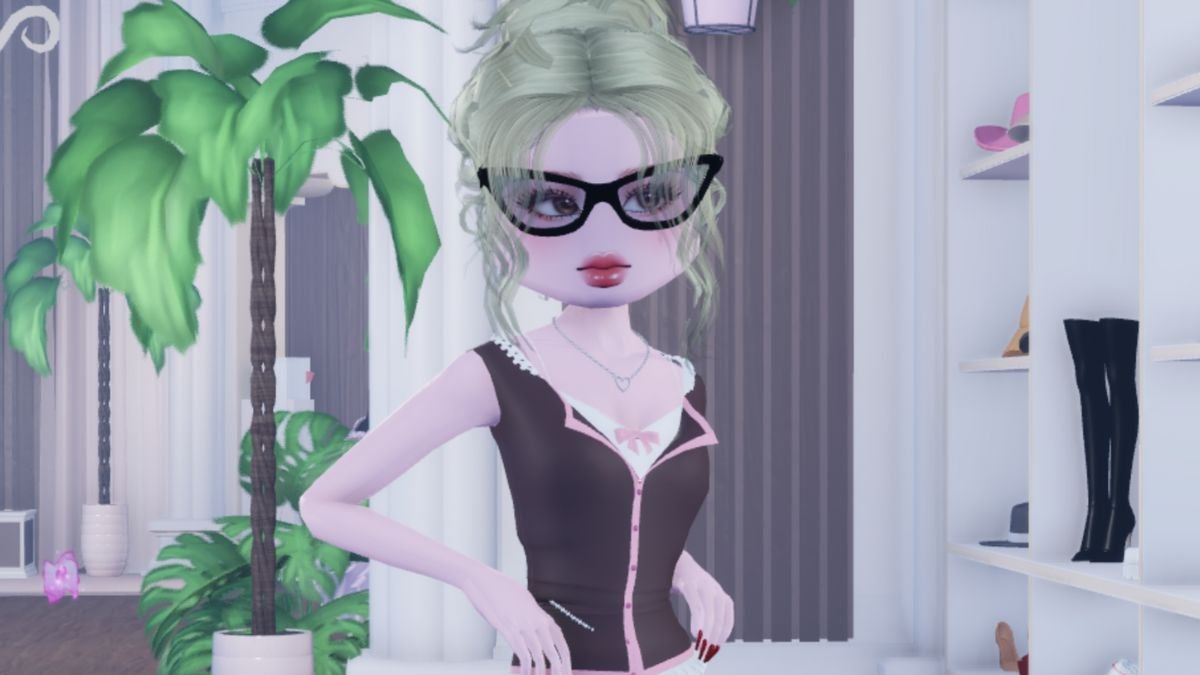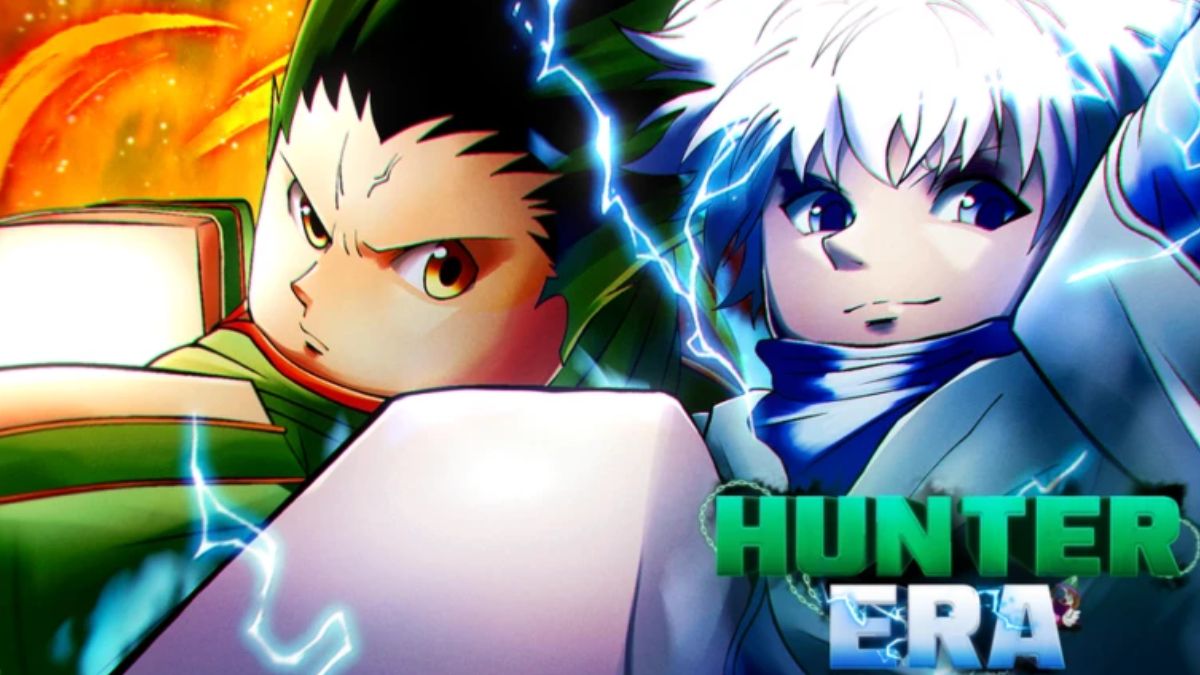The weekend is finally here, and new deals have popped up. Today, while the PSVR 2 deal remains, the majority of Sony’s back to school deals have ended. However, plenty of new deals have popped up for Nintendo Switch, Xbox, and PS5. The best deals for Sunday, August 4, include Paper Mario: The Thousand-Year Door, PSVR2, Persona 5 Tactica, Final Fantasy XVI, and more.
Paper Mario: The Thousand-Year Door for $44.99
For the first time since launch, Paper Mario: The Thousand-Year Door for Nintendo Switch is available on sale. This classic RPG is perfect for anyone, even if you’ve never played an RPG before. The Thousand-Year Door features a loveable cast of characters, a fun combat system, and, overall, a refreshing take on the classic Mario formula.
Shin Megami Tensei V: Vengeance for $39.99
Shin Megami Tensei V: Vengeance is back down to its all-time low price! SMT V: Vengeance is an enhanced version of the former Nintendo Switch exclusive SMT V, launched in 2019. The biggest feature available in this upgraded re-release is the all new Canon of Vengeance route, which is essentially 40 hours of new story content. At $39.99, this is a steal for what will likely end up being one of the most popular RPGs of the year.
PSVR2 for $349.99
You can score a new PlayStation VR2 headset for a record-low $349.99 right now at Amazon. This VR headset has all sorts of high-end features, including a 110-degree FOV, 4K HDR visuals, eye tracking, and more. Plus, the PC Adapter is set to release in just a few days, which will allow you to play Steam VR titles through the PSVR2 headset. While it’s certainly a tough buy if you play exclusively on PS5, the PSVR2 can make for an excellent PC headset, especially at this price.
Save Big on Like a Dragon: Infinite Wealth
Like a Dragon: Infinite Wealth is the latest title in the long-running RPG series, and you can score the massive title for an all-time low right now at Woot. Kiryu Kazama returns following the events of Yakuza: Like a Dragon, uniting with Ichiban Kasuga in a wild adventure you won’t forget anytime soon. Save up to 71% today and pick up one of the biggest RPGs of 2024.
Final Fantasy XVI for $29.99
Final Fantasy XVI for PlayStation 5 has hit a new all time low at Amazon at $29.99. As one of the biggest titles of 2023, FFXVI brings a wide variety of new systems and elements to the world of Final Fantasy. You play as Clive Rosfield on a mission to track down the one who killed your brother as a child. You can expect larger-than-life setpieces, mesmerizing boss battles, and a memorable soundtrack from Masayoshi Soken.
Luigi’s Mansion 2 HD for $44.99
Launched at the very end of June, Luigi’s Mansion 2 HD is a massive upgrade from the original 3DS title. Developers of Skyward Sword HD, Tantalus, have provided key new HD upgrades, including hundreds of new textures, animations, and more. If you’re looking for another spooky experience on Nintendo Switch, Luigi’s Mansion 2 HD is the perfect game this Summer!
Persona 5 Tactica for $19.99
Amazon has Persona 5 Tactica listed for $19.99, matching the all-time low for this title. This action-packed adventure takes the Phantom Thieves into a new adventure with tactical combat. If you enjoyed Persona 5 Royal or Persona 5 Strikers, P5 Tactica should be a game on your radar. Erina, a character new to the series, is a great addition to an already amazing cast of characters.
Marvel’s Spider-Man 2 for $49.99
Marvel’s Spider-Man 2 is also on sale, priced now at $49.99. This matches the previous low, which occurred during the Days of Play sale earlier this year. Spider-Man 2 features both Peter Parker and Miles Morales as playable characters, with a whole new area of New York to explore. You can swing through the city with new suit abilities like Web Wings and take down criminals all around. You’ll need to be prepared, as both Kraven the Hunter and the symbiote Venom are prepared to take you down and rule over NYC.
God of War Ragnarok for $39.99
Years later, God of War Ragnarok is still one of the best PS5 games you can pick up. This action game acts as the sequel to 2018’s God of War, following Kratos and Atreus as Fimbulwinter looms. If you’ve yet to play this game, this is a great time to pick up Ragnarok at a discount and see why so many players love this series. $39.99 is a fantastic price, and you’re not likely to see anything lower outside of major holiday sales toward the end of the year.
Demon Slayer -Kimetsu No Yaiba- Sweep the Board! for $29.99
Sweep the Board! is the latest game from Demon Slayer – Kimetsu no Yaiba-, focusing on a fun, party-like title that is extremely similar to Mario Party. You play as Tanjiro, Nezuko, Zenitsu, Inosuke, and the rest of the Demon Slayer cast as they traverse through multiple party boards and complete minigames against each other.






